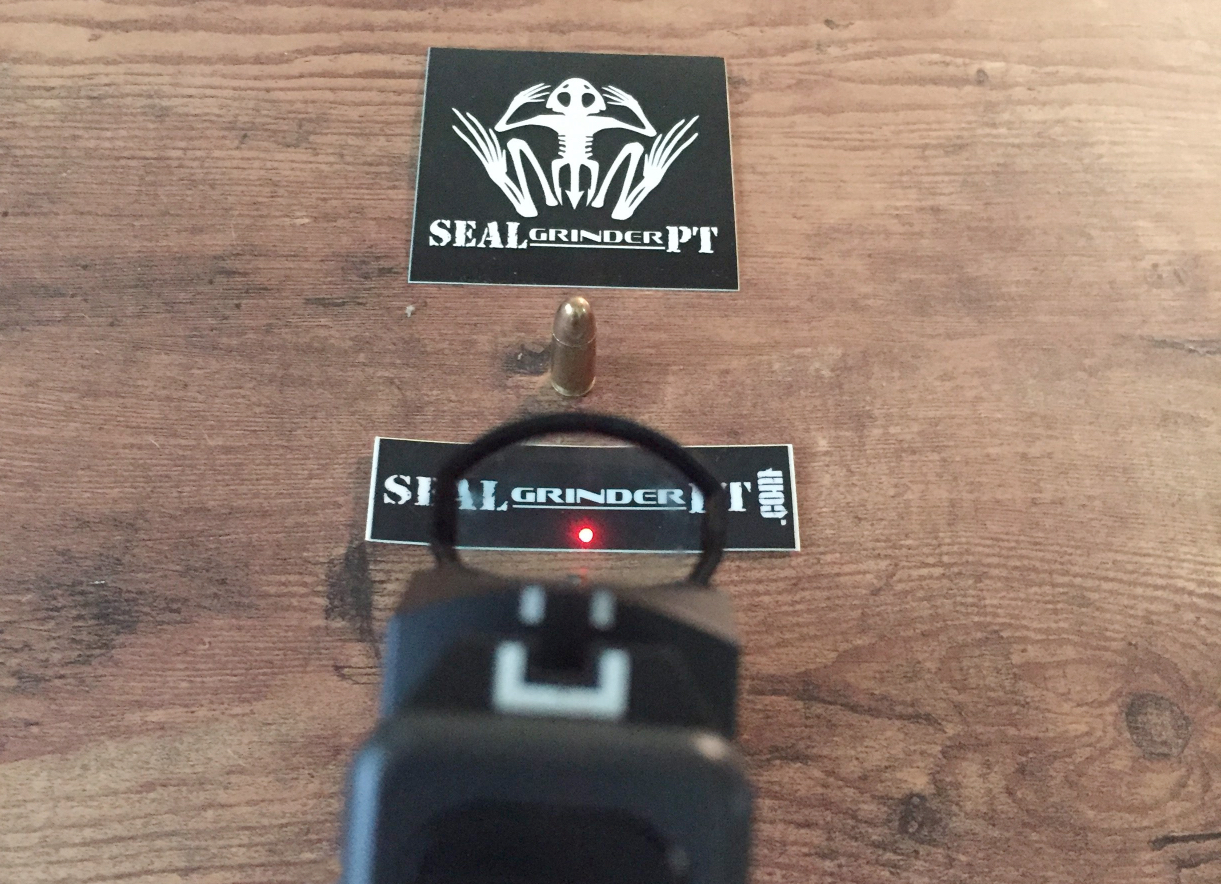
10 mils is understood to be 1 cm at 100 meters, 2 cm at 200 meters and 3 cm at 300 meters. Wind drift would be about 12 inches, based on the known ballistic coefficient for that bullet, requiring a windage turret adjustment of 11 increments to the right for a total change of nearly 3 MOA. In order to compensate for the drop, you would need to adjust the elevation turret up by 22 increments. You are shooting to the north and there is a 10 mph wind from the east. The range of your target is 400 yards, producing a bullet drop of 23 inches. Suppose you are shooting a 180 Grain Remington Express in 30.06, from a rifle zeroed at 200 yards. Compensating for this drop would require an adjustment of 20 increments of one-quarter MOA for a total of 5 MOA because one minute of arc equals 4.188 inches at that distance. The bullet drop of a Norma 150 grain, 7mm Magnum bullet is 21 inches at 400 yards. Let us consider a few real-world examples using these more acute numbers. TRUE Incremental Scope Adjustments of 0.25" Note that the variance from rounded numbers is nearly half an inch at 1000 yards. Using this precise figure, we can generate the following table of MOA deviations, yielding greater accuracy. More practically speaking, striking a mule deer from 400 yards, down a powerline slash in Western Montana requires you to be “on your game.” Shooting at this distance and accounting for wind, angle of trajectory, light aberration, and even the Earth’s curvature leaves no margin for error. The bullet took 10 seconds to reach its target. In June of 2017, a Canadian Special Forces sniper downed an Islamic State militant from just over 2 miles away. This meticulous attitude is necessary when acquiring targets that are several hundred yards away because the minor variations of rounded numbers are magnified by distance. Shooting purists acknowledge a difference between commonly understood MOA and “true” MOA, which adheres strictly to the underlying mathematics. Being a standalone system that is somewhat arbitrary, MOA feels akin to Imperial units, even though it is not part of that system and postdates it by more than two millennia.
#3 MOA VS 6 MOA FULL#
Since an arcminute is 1/60th of a degree, there are 21,600 (60 * 360) arcminutes in a full circle. The Babylonians further refined this measurement by dividing each degree into 60 minutes of arc. The modern practice of dividing a circle into 360 degrees began with the Sumerians.

The MOA system was handed down from the Sumerians in the 3rd millennium BC. In order to compensate for a windage error of 2.50 inches to the right at 500 yards, you would need to adjust the windage turret toward the left by 2 increments or 0.50 arcminutes because a minute of arc equals 5.00 inches at 500 yards. Using these convenient figures, we can generate the following results in Table 1 showing approximate arcminute deviations and the value of one increment at various ranges. 75 of an arcminute because a minute of arc equals 2 inches at 200 yards. If you had a bullet drop of 1.50 inches at 200 yards and wanted to zero your rifle at this distance, you would need to adjust the elevation turret of your scope up by 3 increments or. 0125 (1/8″) increments, but many shooters consider this too narrow to be useful, especially at great distances.

These measurements apply to both windage and elevation and are accomplished by rotating a turret adjuster on the scope. One increment of adjustment on many MOA scopes moves the reticle alignment 0.25 (1/4″) of an arcminute or 0.25 inches at 100 yards, 0.50 inch at 200 yards and 0.75 of an inch at 300 yards. One minute of angle, also known as an arcminute, is equal to a deviation of approximately 1 inch at 100 yards, 2.00 inches at 200 yards and 3.00 inches at 300 yards. Nonetheless, both are equally effective, using segments of arc to express a certain amount of change in trajectory at a set distance. The Milliradian method is a base-10 scheme developed for artillery in the late nineteenth century.

The Minute of Angle (MOA) method is an ancient base-60 scheme conceived for astronomy. Each has a distinctly different origin and approach. Two systems for aligning scopes have developed independently.

Scopes have evolved with greater clarity and magnification to match the increasing power and precision of rifles and ammunition. In this article, we will focus on telescopic sights or “scopes” because they offer significant advantages over open sights, especially at longer distances. Sighting in or “zeroing” a rifle is the art of aligning iron or telescopic sights with the barrel, thus allowing the shooter to place bullets predictably at a given distance.


 0 kommentar(er)
0 kommentar(er)
